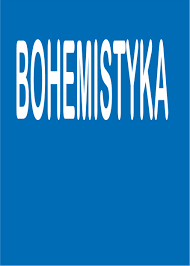Semikompozitá a kvázikompozitá so somatickými bázoidmi v iniciálovej pozícii (na materiáli slovenčiny, poľštiny a češtiny)
Semi-composite and quasi-composite with somatic basis in initial position (on Slovak, Polish and Czech)
Author(s): Marta VojtekováSubject(s): Theoretical Linguistics, Lexis, Comparative Linguistics, Western Slavic Languages
Published by: Uniwersytet Adama Mickiewicza
Keywords: compounds; semi-compounds; quasi-compounds; word-forming structure; word-forming base; baseoid; somatic meaning of components; Slovak; Polish; Czech;
Summary/Abstract: The study contributes to a closer understanding of one of the ways of enriching lexicon-the formation of words by composition. It emphasizes the fact that composition and compounds (especially selected types) are of great importance in the vocabulary of Slavic languages and they - in comparison to derivation and synthetic derivatives - have strengthened their position in various types of discourse in recent decades. The study points out the heterogeneity of names of the analysed types of compounds and at the same time it presents the theoretical basis applied to compounds and components of their word-forming structure. In the study, nine components with somatic meaning and initial position are compiled as separate entries. The processing of entries is based on extensive research of lexical material in neological sources, national corpora and lexicographic works of three languages - Slovak, Polish and Czech. Entries are also the basis for a multi-perspective description of somatic components (especially in terms of meaning, polysemy, origin and variability), as well as illustrative lexical material (especially in terms of composite and neological character, orthographic variability, affiliation with communication registers).
Journal: Bohemistyka
- Issue Year: XXII/2022
- Issue No: 1
- Page Range: 73-108
- Page Count: 36
- Language: Czech

